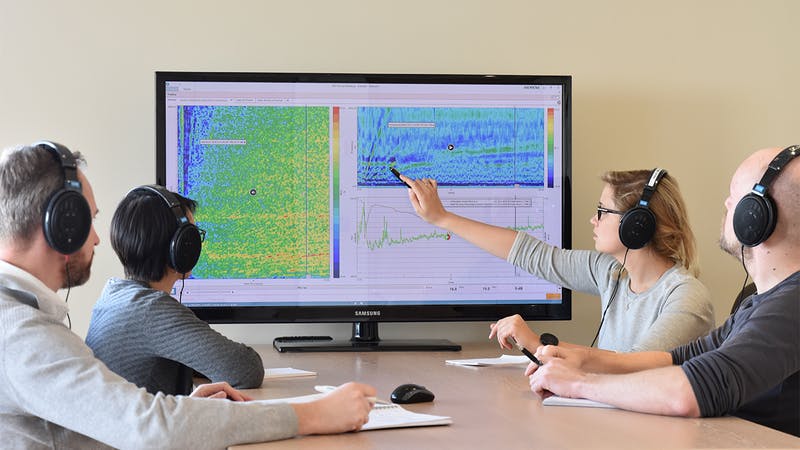How does the human hearing system work?
Sound quality acts as a brand differentiator and can strongly affect the consumers’ predilections preference towards one or the other product. Take the example of a car: while it should be durable and efficient, the sounds it makes often influence the buying decision. The same is true for a wide range of products, mainly in the consumer goods industry.
The challenge with sound quality analysis is that perceived sound quality is strongly related to the human hearing mechanism. The mechanism of the human auditory system differs from one of the most common acoustic test equipment, the microphone. A microphone can measure the sound pressure levels (SPL), but will not consider the subjective preference of a human brain. Acoustic engineers need to apply a process that addresses these aspects to improve their product’s sound design.
Understanding how the human hearing works is the first step towards implementing a sound quality evaluation process. A typical audio quality evaluation process starts with binaural acoustic measurements. The collected data is analyzed using objective and subjective evaluation techniques. It will help you design a strong, successful product with compelling acoustic signature.
Learn the basics of psychoacoustics, fundamentals of sound quality and more in this webinar
- Why sound quality measurement is essential
- Influence of the human auditory system on audio quality
- What are the differences between a “class-one” microphone and our human ears
- How different sensory phenomena affect the quality of sound
